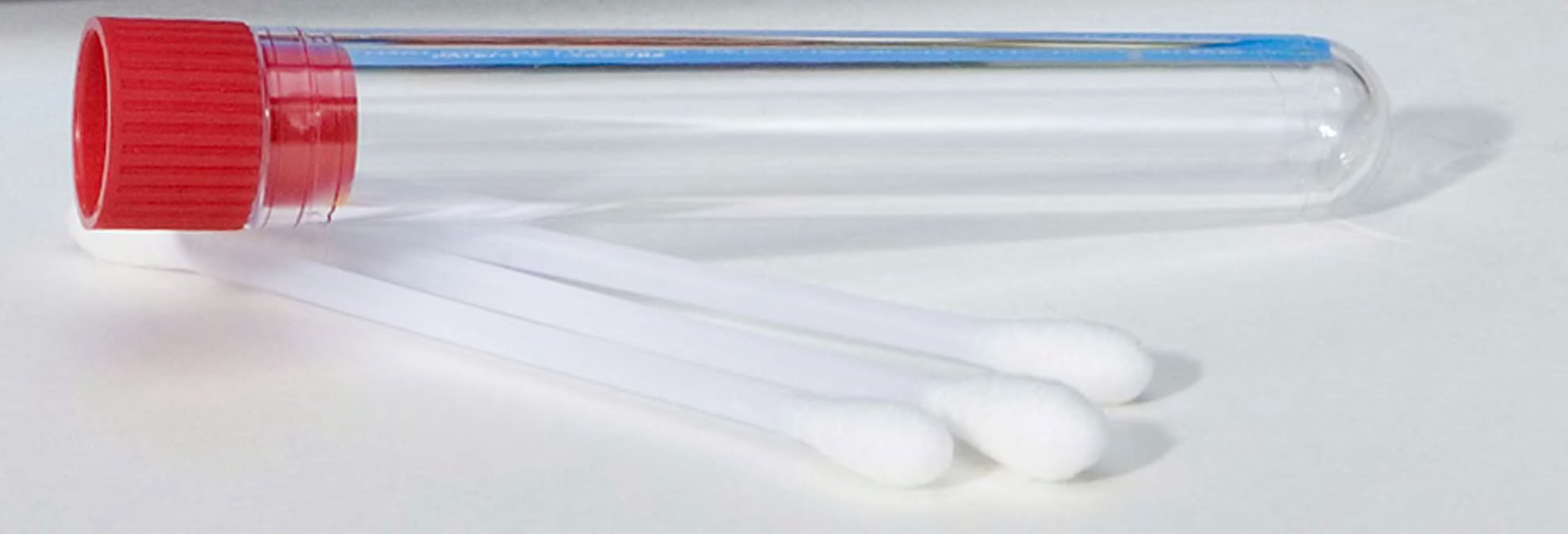
Lead Test Kit Buying Guide
Professional inspections of your home for lead paint can cost hundreds of dollars. That’s why you’ll find do-it-yourself kits in many home centers and hardware stores. Our last tests of lead test kits confirm that some are a good first step in identifying whether there’s a problem, but we also found confusing instructions, challenging procedures, and inaccurate results. We tested several kits; some were faster and easier to use than others.
Sound Advice on Home-Based Kits
Lead-based paint in homes was outlawed in the United States in 1978; many homes built before then probably have some. Lead paint can gradually deteriorate into flakes, chips, and fine dust that’s easily inhaled or eaten by small children, even when it’s covered by many layers of unleaded paint. Lead poisoning has several effects, which can include brain damage and diminished mental and physical development.
Lead can sicken people of any age, but young children are at greatest risk; hundreds of thousands of children in the U.S. have elevated levels in their blood, according to the National Center for Health Statistics. We hired a licensed lead inspector to scan for lead in three pre-1960 homes owned by Consumer Reports staff members. The homeowners then used do-it-yourself lead test kits. Most of the kits quickly indicated whether lead was present.
The kits we tested detected lead levels as low as 2,000 parts per million (ppm) in our home-based tests. In our lab tests, some lead test kits detected lead at levels below 1,000 ppm. None of them falsely identified paint in a Consumer Reports lab painted in 1990 as having lead. Some kits can be a reasonable first step in detecting lead, as long as you follow instructions precisely.
All lead test kits require practice. Exposing the layers of old paint took strength, dexterity, and lots of practice. Home lead test kits use one of two chemicals to detect lead by color change. But correctly "reading" color changes when lead levels were low also took practice.
How to Choose a Lead Test Kit
Which lead kit you should use depends on paint color. If you’re color-blind, don’t use a kit that turns pink or red. Also note that lead test kits use one of two chemicals—sodium sulfide or rhodizonate—to detect lead by color change. Consider buying one of each type to test paint of all colors. Here’s how to keep yourself and your family safe.
Start With a Blood Test
All children should be screened at ages 1 and 2, according to the Environmental Protection Agency. Recent renovations or repairs to a building built before 1978 could disturb older paint and are more reason to test a child’s blood. Previously, a child was considered to have a blood lead level of concern if the test result was 10 micrograms per deciliter of blood or higher (mcg/dL). But in May 2012, the federal Centers for Disease Control and Prevention changed its recommendation, establishing 5 mcg/dL as the new reference level to more accurately reflect evolving evidence of damage done by any childhood lead exposure. For more details, see CDC’s What Do Parents Need to Know to Protect Their Children?
Commending the CDC for making the change, the American Academy of Pediatrics issued a statement noting that it affirmed what pediatricians have long recognized: "There is simply no safe level of lead exposure for children, " said AAP President Robert W. Block, MD.
Find the Lead
If a child tests negative for lead and you live in a house built before 1978, you might still want to know whether any painted surfaces contain lead, as remodeling and even sanding could release it.
Rhodizonate-based lead kits can yield false positives on red or pink paint; sulfide-based kits can yield false negatives or positives on dark paint. For more reliable results, use one of each type of kit. Follow instructions and ensure that every layer of paint is exposed. Depending on the kit, you can test several areas for less than $100.
Your home might not be the only source of lead. Children can be exposed to lead if they attend day care in a pre-1978 building. Toys can be another source, as we reported in New Worries Over Lead, for which we tested some lead kits on dishes, toys, and other household objects. Toys have lower lead limits than pre-1978 house paint. Check the website of the Consumer Product Safety Commission for recalls.
Call a Pro for Prompt Action
If your child tests positive for lead, the quickest route to detection and stabilization is to find a certified lead inspector or risk assessor. Since 2010, contractors renovating pre-1978 buildings must have certification. Your regional EPA office has data on certified professionals; or you can find more information at epa.gov/lead/pubs/renovation.htm. Some homeowners are eligible for government-insured loans to help defray costs.
Another option is to hire a trained XRF (X-ray fluorescence) technician to screen for lead. Or you can send samples to a lab instead. If you choose to do that, be aware that the results are measured on a different scale: parts per million, not milligrams per square centimeter. An XRF gun isn’t the best choice for some surfaces. And if you get positive results, you should follow up with a lab test. XRF screening costs about $500 for an average home. Lab testing of paint chips can cost $85 per sample.
Since there is no safe level of lead exposure, Consumers Union, the advocacy arm of Consumer Reports, suggests that if your child and home test positive for lead and you’ve eliminated other sources, consider remediation.















